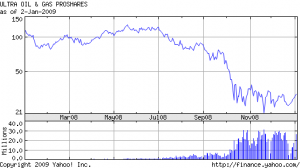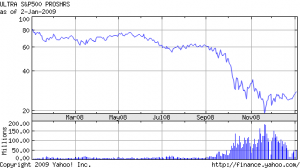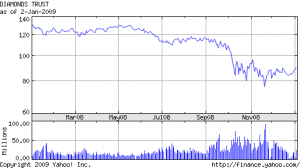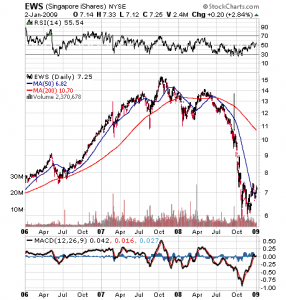The government’s obsession with making everyone a homeowner, regardless of qualification, has resulted in misery for millions and trillions in financial losses. Here’s another example of our failed social experiment.
Housing Push For Hispanics Spawns Wave of Foreclosures-WSJ
California Rep. Joe Baca has long pushed legislation he said would “open the doors to the American Dream” for first-time home buyers in his largely Hispanic district. For many of them, those doors have slammed shut, quickly and painfully.
Mortgage lenders flooded Mr. Baca’s San Bernardino, Calif., district with loans that often didn’t require down payments, solid credit ratings or documentation of employment. Now, many of the Hispanics who became homeowners find themselves mired in the national housing mess. Nearly 9,200 families in his district have lost their homes to foreclosure.
For years, immigrants to the U.S. have viewed buying a home as the ultimate benchmark of success. Between 2000 and 2007, as the Hispanic population increased, Hispanic homeownership grew even faster, increasing by 47%, to 6.1 million from 4.1 million, according to the U.S. Census Bureau. Over that same period, homeownership nationally grew by 8%. In 2005 alone, mortgages to Hispanics jumped by 29%, with expensive nonprime mortgages soaring 169%, according to the Federal Financial Institutions Examination Council.
An examination of that borrowing spree by The Wall Street Journal reveals that it wasn’t simply the mortgage market at work. It was fueled by a campaign by low-income housing groups, Hispanic lawmakers, a congressional Hispanic housing initiative, mortgage lenders and brokers, who all were pushing to increase homeownership among Latinos.
The full article is well worth reading as it details how reckless lending and borrowing by numerous players, some corrupt and others simply stupid, helped to cause the greatest housing crash in history.
The country has now learned the hard way that home ownership is not the best option for many people. See Long Term Housing Stability Based On Strong Borrowers.
If sound underwriting guidelines had not been abandoned over the past 10 years, the rate of home ownership would have been marginally lower and we never would have had a housing boom or a housing bust. We would have all been better off without either.



